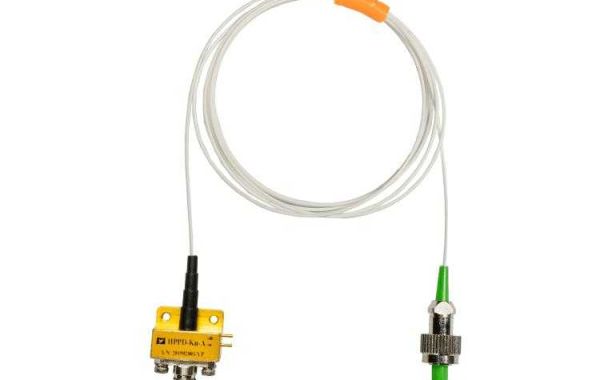High-speed photodetectors are essential components in optical systems due to their ability to rapidly convert optical signals into electrical signals. Their speed and efficiency are critical for numerous applications, including:
1. Optical Communication:
- High Data Rates: High-speed photodetectors can handle the rapid transmission and reception of data, enabling high-bandwidth communication systems like fiber optics.
- Real-time Applications: For applications demanding real-time data transmission, such as video conferencing, online gaming, and financial trading, the detector's speed is crucial.
2. Optical Sensing:
- Fast Measurements: In applications like LIDAR (Light Detection and Ranging) and optical sensing for industrial processes, the detector's ability to quickly capture and process optical signals is essential for accurate measurements.
- Dynamic Phenomena: For studying rapidly changing phenomena, such as chemical reactions or biological processes, high-speed photodetectors can provide valuable insights.
3. Optical Signal Processing:
- High-Frequency Signals: In optical signal processing systems, such as optical modulators and switches, high-speed photodetectors are needed to handle the fast-changing optical signals.
- Precision Timing: For applications requiring precise timing, such as optical clocks and synchronization systems, the detector's speed is critical.
4. Scientific Research:
- Ultrafast Spectroscopy: In fields like physics and chemistry, high-speed photodetectors are used to study ultrafast phenomena, such as molecular dynamics and laser pulse shaping.
- Time-Resolved Measurements: For measuring the time evolution of various processes, the detector's fast response time is essential.
Key Characteristics of High-Speed Photodetectors:
- Fast Response Time: Measured in picoseconds or nanoseconds, a fast response time is essential for capturing and processing high-frequency optical signals.
- High Bandwidth: A wide bandwidth allows the detector to handle a wide range of optical frequencies.
- Low Noise: Low noise levels ensure accurate detection and minimize signal distortion.
- High Sensitivity: High sensitivity allows the detector to detect even weak optical signals.
In summary, high-speed photodetectors play a vital role in a wide range of optical systems, enabling advancements in communication, sensing, processing, and scientific research. Their ability to rapidly convert optical signals into electrical signals is crucial for meeting the demands of modern applications.








